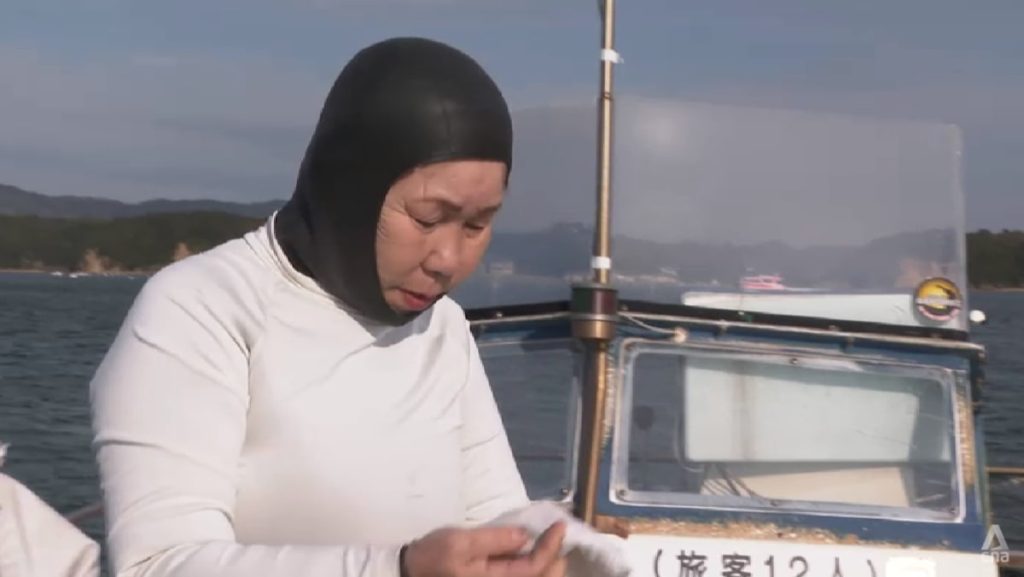In Masaki Island, located in Mie Prefecture, the once vibrant pearl farming industry has significantly dwindled over the years. What was once a thriving community of over 1,000 pearl farmers has now dwindled to a mere 40, many of whom are elderly. This decline in the number of pearl farmers has had a ripple effect on related businesses with long histories, further impacting the local economy. The situation is similar in Kashikojima, another island in Mie known for its pearl jewelers, where the aging owners are struggling to find younger generations willing to continue their businesses. The trend of younger people moving to big cities in search of better job prospects has left the future of these traditional pearl farming communities uncertain.
The president of Yoshimori Pearls, an established family-owned pearl jewelry business in Kashikojima, is also feeling the impact of the declining interest in the industry among younger generations. Naoto Yoshimori, a third-generation owner, is concerned that his children have no interest in taking over the family business, potentially leading to its demise. With two sons who have moved in different directions and shown no inclination to join the business, Mr. Yoshimori is faced with the possibility of being the last in his family line to carry on the tradition. Despite his best efforts to keep the business going, he acknowledges that the industry is gradually shrinking, and the future of his store remains uncertain without a successor from the next generation.
The challenges faced by traditional pearl farming communities in Japan are not unique to Masaki Island and Kashikojima. Across the industry, the number of pearl farmers is declining, sparking concerns about the long-term sustainability of these age-old practices. The allure of urban life and modern career opportunities has drawn younger generations away from rural areas, leading to a demographic shift that is reshaping these communities. While efforts are being made to preserve and promote traditional pearl farming techniques, the changing realities of the modern world pose a significant threat to the future of these unique and culturally significant industries.
In a bid to keep the traditional pearl farming industry alive, some farmers are exploring new ways to attract younger generations and revitalize interest in this ancient craft. Initiatives such as educational programs, workshops, and cultural events are being organized to showcase the artistry and craftsmanship of pearl farming, hoping to inspire a new wave of enthusiasts to carry on the tradition. By highlighting the cultural heritage and environmental sustainability of pearl farming, advocates are hoping to create awareness and appreciation for these time-honored practices among the younger population. However, the success of these efforts remains uncertain, as the allure of urban lifestyles and modern career paths continues to draw young people away from their rural roots.
As the traditional pearl farming industry in Japan faces an uncertain future, it is clear that preserving these age-old practices will require a concerted effort from both within the community and from external partners. By fostering a greater appreciation for the cultural significance and environmental sustainability of pearl farming, stakeholders can work together to ensure the survival of these unique industries for generations to come. Whether through education, advocacy, or innovation, there is a hope that the legacy of pearl farming in Japan will continue to thrive, even in the face of mounting challenges. With careful planning and collaboration, these traditional communities may yet find a way to adapt to the changing times and secure a future for their craft.


